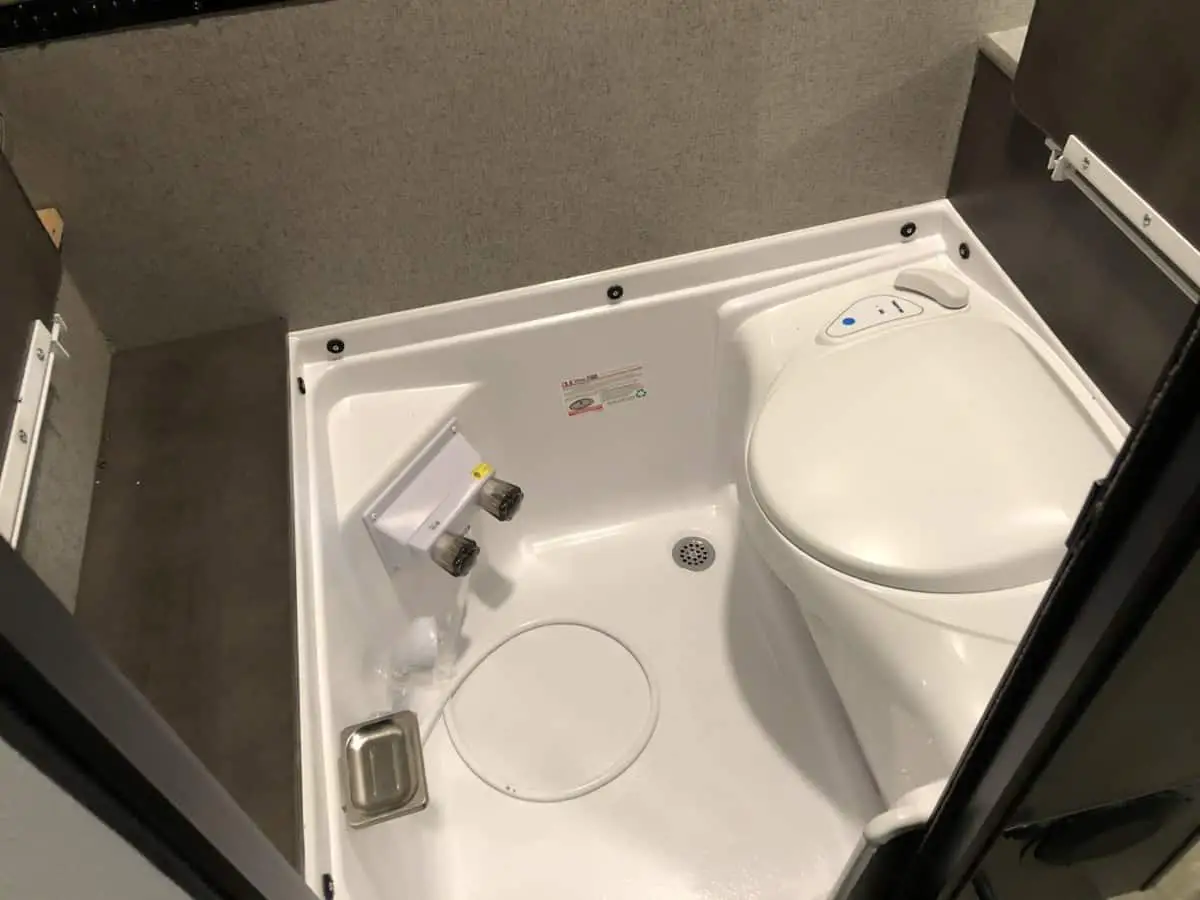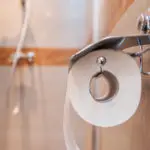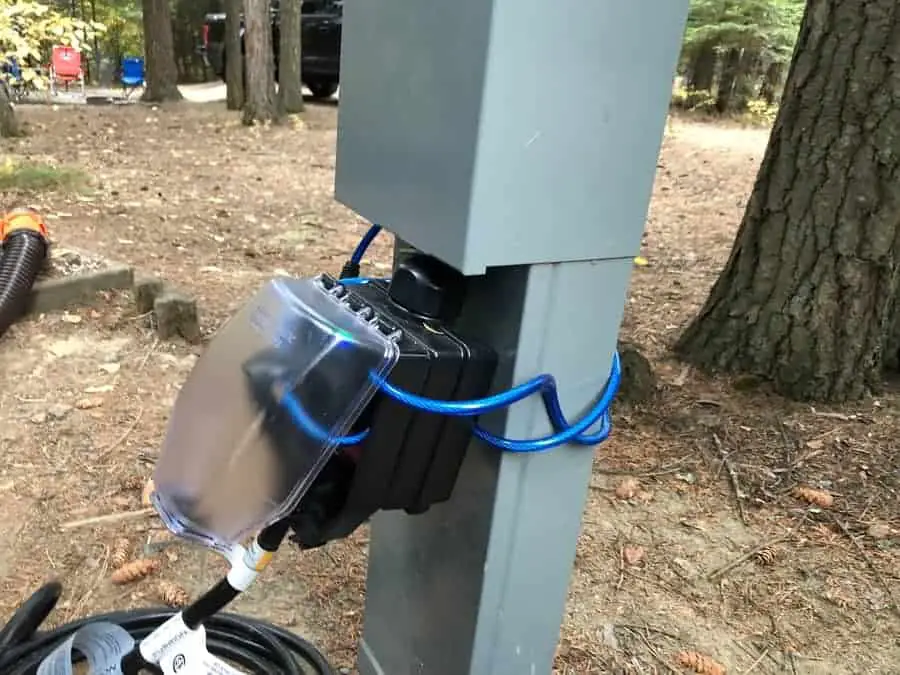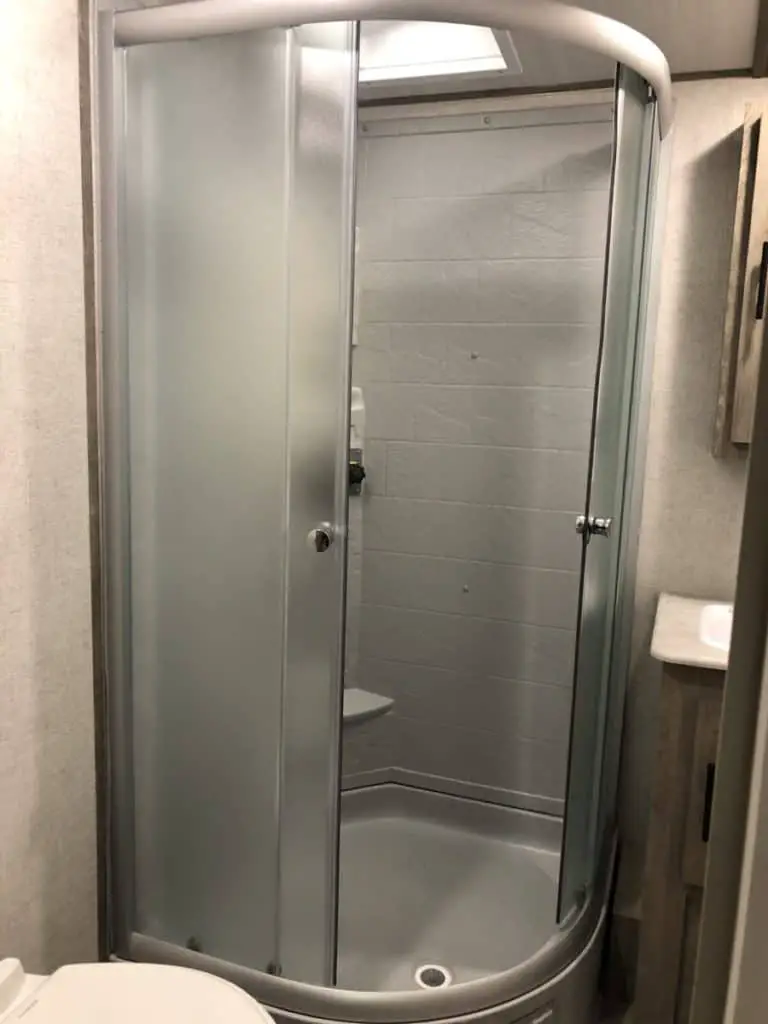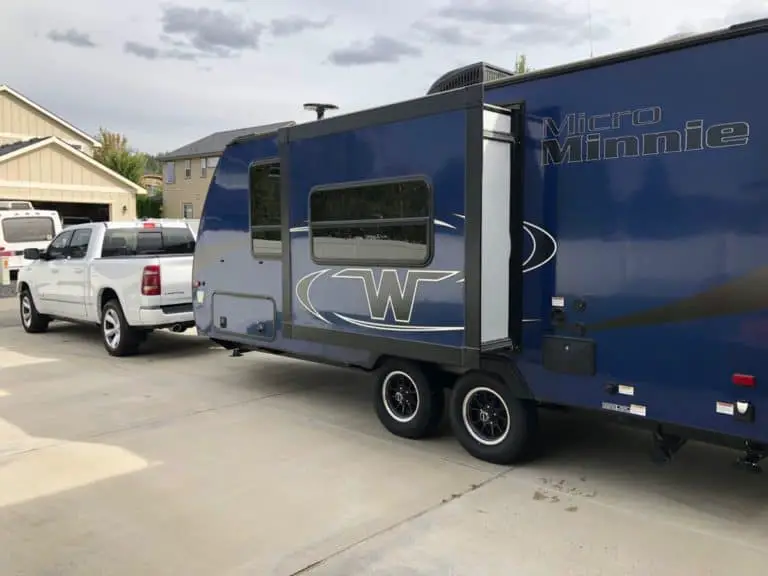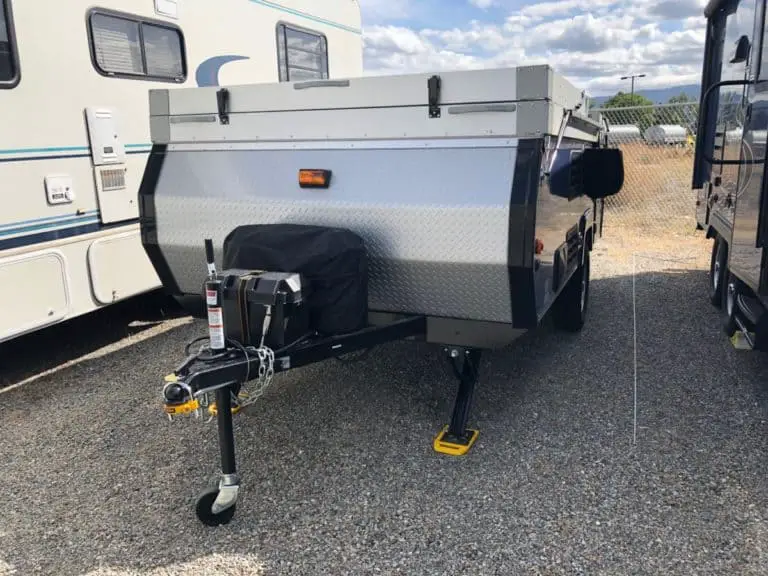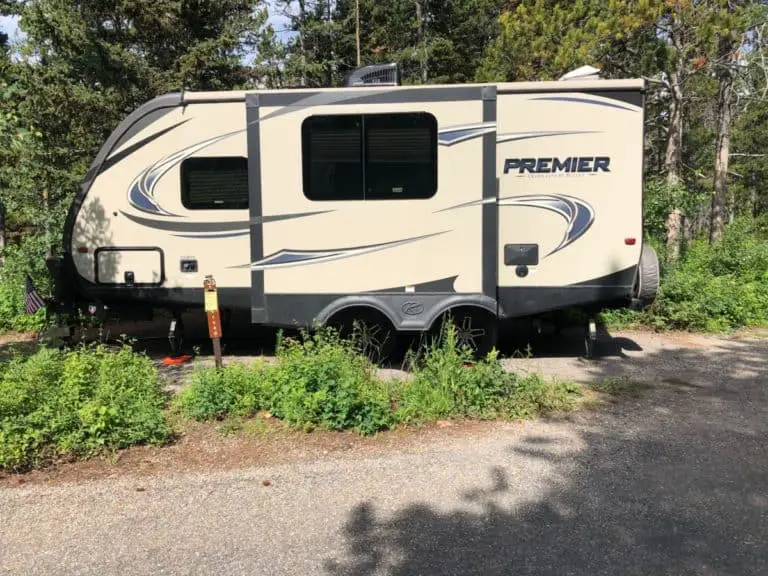Can you put a regular toilet into an RV?
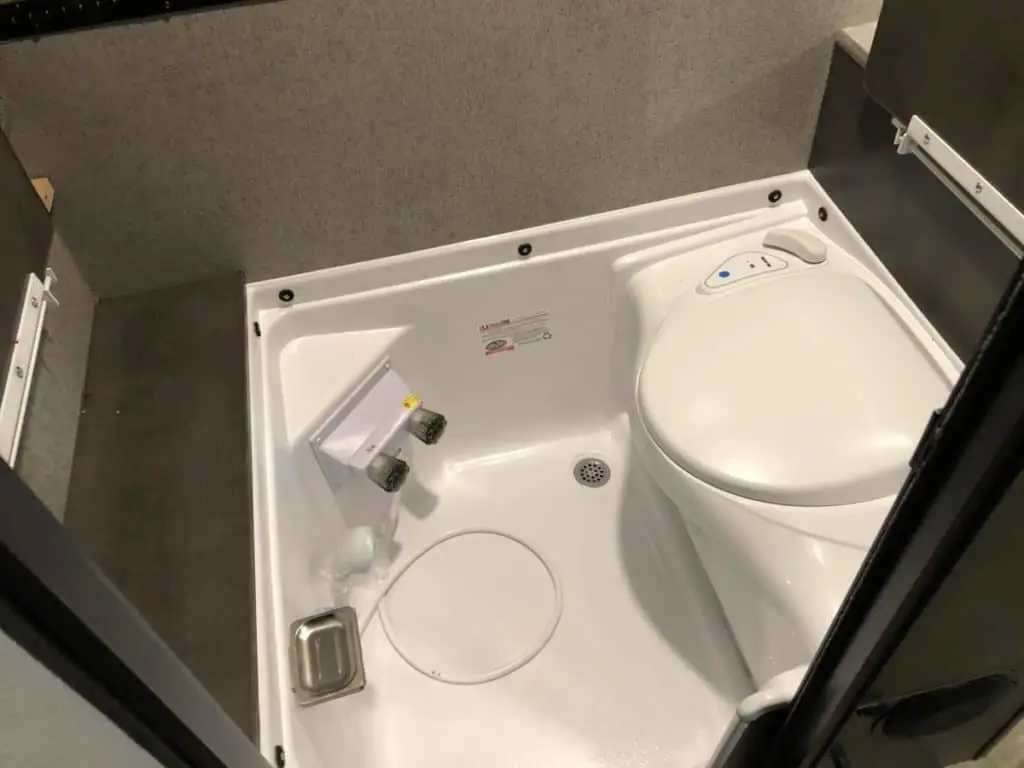
Whether your home has wheels or not, toilets are, without a doubt, one of the most important pieces of equipment in it. Since they move, RV’s present an even more complicated set of conditions in this department than a house.
Can you put a regular toilet into an RV? No, you cannot put a regular toilet into an RV. First off, the construction is not meant to be rattled down the road, they use a lot more water, and they will use up lots of black water tank storage due to more water being used.
Why installing a regular toilet on your RV is a very bad idea:
The short answer to the question of whether a regular toilet can be installed on an RV is a no but there are several important reasons why you shouldn’t do it:
1. Materials and Construction
Home toilets are made out of porcelain and they feature a heavy tank on the top that is not secured to the wall. This presents two problems when a regular toilet is placed in an RV: it will move around a lot because it is not properly secured and the vibrations and movements of your vehicle will eventually cause the porcelain to fracture.
Real toilets also have a larger footprint than a RV toilet and may not physically fit into your bathroom as many travel trailer bathrooms are small.
2. The Holding Tank
Regular toilets have a holding tank on top filled with approximately 1/2 to 1 gallon of water that – when placed in an RV- will be sloshing around under an unsecured tank lid and most likely spilling out often while driving. Aside from causing frequent spills, all that extra water is sure to leak into the walls and floor of your vehicle and cause expensive water damage.
3. Water Usage
As we explained above, home toilets normally use 1/2 a gallon to 1 gallon of water per flush. This is a lot more than toilets specifically designed for RV use. This presents two problems: you will need to fill up your freshwater tank more frequently because it will empty out faster, and you will have to perform the unpleasant task of emptying out your black water tank more often because it will fill up quicker.
Exceptions:
There is one case in which it is ok to have a residential toilet in a camper and that is in park model RV’s or if you’re planning to be stationary for a while. Since you won’t be moving, there will be no danger of the toilet coming loose, of water spilling out or of the material fracturing. More importantly, RV parks offer sewer connections that can handle the amounts of water generated by residential-style toilets and eliminate the need of emptying out black water tanks.
Alternatives:
Just as almost every piece of equipment made for RV’s, toilets have come a long way. New models have been designed to have the look and feel of residential toilets while at the same time solving common problems that RV owners have to deal with such as lack of space, excess waste and the presence of unnecessary and harmful chemicals.
There is an incredible array of models to choose from – perhaps even more so than for regular homes! – and they all feature durable materials that resist movements and vibrations and use smaller amounts of water:
1. Ceramic Upgrade Toilets
Ceramic toilets are the most commonly upgrade type of toilets in RV’s. They work exactly as their cheaper alternative by using the power of gravity to direct waste into the holding tank. To make this possible, the toilet will sit right above the tank and solids and liquids will be flushed into the tank using water. The black water tank is accessed through the outside of the vehicle for emptying. Since they can accommodate a larger black water tank, gravity toilets don’t have to be emptied out as often as other types of toilets do.
Ceramic toilets are far sturdier and can offer other features such as a soft close lid or an additional hand sprayer. This model is one of the most common toilet upgrades on the market.
2. Composting Toilets
Composting toilets are a very environmentally friendly option as they require no chemicals and no water. They can be a huge upgrade if you are bofndocking to extend your camping time as they require no black tank space or not much water. This highly rated model can keep you camping for many extra days.
These toilets have a system that separates liquids from solids into separate tanks. The separation of liquids from solids helps keeps odors to a minimum as it is the mixing of these two elements what creates that characteristic, unpleasant “sewer smell”. The compartment which stores solids contains composting agents that help break down the waste and turn it into compost that can be used as fertilizer. The liquids tank has to be emptied out more frequently but, since it will have significantly less waste than a regular black water tank, it will be easier to dispose of.
3. Portable Toilets
Portable toilets like this model are a great alternative for people who have smaller camper vans or whose RV’s are not outfitted with toilets. They work similar to a gravity toilet: the waste tank sits underneath the bowl and waste is flushed into it with a water pump. The black water tank on a portable toilet is very small and therefore requires being emptied out more frequently than any other type of RV toilet.
Be the first to be notified about FREE tips, hints, coupon codes, and email-exclusive information. All for FREE!

